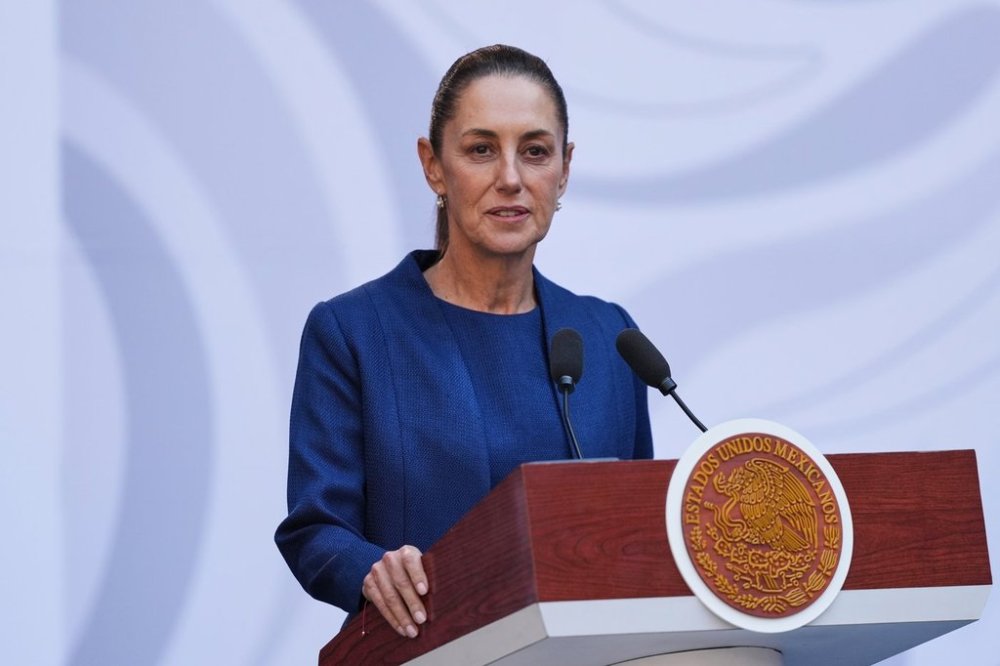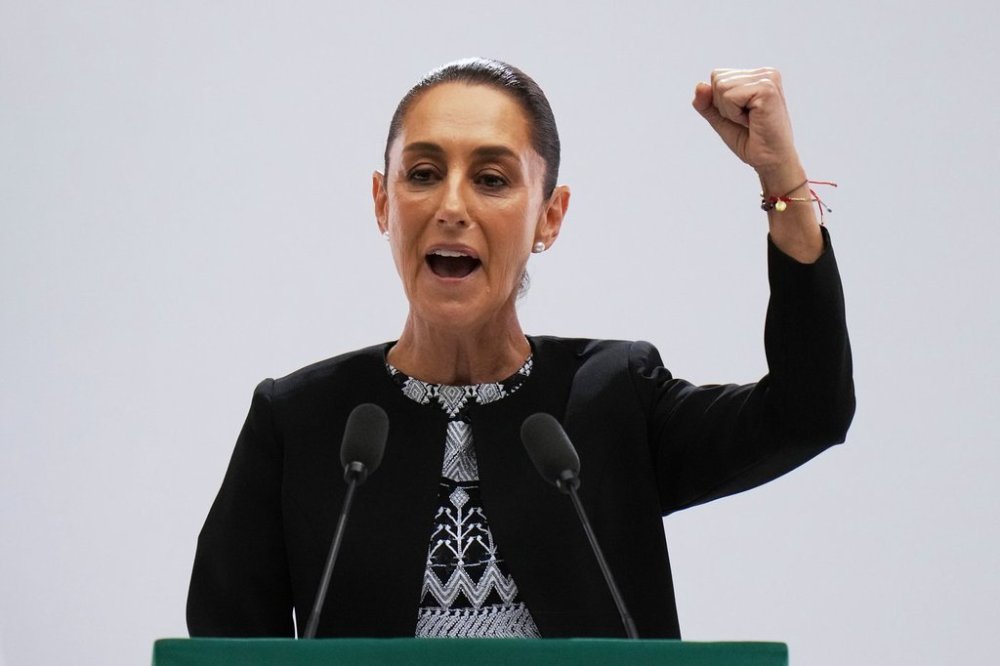Mexico unveils plans to build a supercomputer it claims will be Latin America’s most powerful
Advertisement
Read this article for free:
or
Already have an account? Log in here »
To continue reading, please subscribe:
Monthly Digital Subscription
$0 for the first 4 weeks*
- Enjoy unlimited reading on winnipegfreepress.com
- Read the E-Edition, our digital replica newspaper
- Access News Break, our award-winning app
- Play interactive puzzles
*No charge for 4 weeks then price increases to the regular rate of $19.00 plus GST every four weeks. Offer available to new and qualified returning subscribers only. Cancel any time.
Monthly Digital Subscription
$4.75/week*
- Enjoy unlimited reading on winnipegfreepress.com
- Read the E-Edition, our digital replica newspaper
- Access News Break, our award-winning app
- Play interactive puzzles
*Billed as $19 plus GST every four weeks. Cancel any time.
To continue reading, please subscribe:
Add Free Press access to your Brandon Sun subscription for only an additional
$1 for the first 4 weeks*
*Your next subscription payment will increase by $1.00 and you will be charged $16.99 plus GST for four weeks. After four weeks, your payment will increase to $23.99 plus GST every four weeks.
Read unlimited articles for free today:
or
Already have an account? Log in here »
MEXICO CITY (AP) — Mexico unveiled plans Wednesday to build what it claims will be Latin America’s most powerful supercomputer — a project the government says will help the country capitalize on the rapidly evolving uses of artificial intelligence and exponentially expand the country’s computing capacity.
Dubbed “Coatlicue” for the Mexica goddess considered the earth mother, the supercomputer would be seven times more powerful than the region’s current leader in Brazil, José Merino, head of the Telecommunications and Digital Transformation Agency.
President Claudia Sheinbaum said during her morning news briefing that the location for the project had not been decided yet, but construction will begin next year.

“We’re very excited,” said Sheinbaum, an academic and climate scientist. “It is going to allow Mexico to fully get in on the use of artificial intelligence and the processing of data that today we don’t have the capacity to do.”
Merino said that Mexico’s most powerful supercomputer operates at 2.3 petaflops — a unit to measure computing speed, meaning it can perform one quadrillion operations per second. Coatlicue would have a capacity of 314 petaflops.
____
Follow AP’s coverage of Latin America and the Caribbean at https://apnews.com/hub/latin-america


